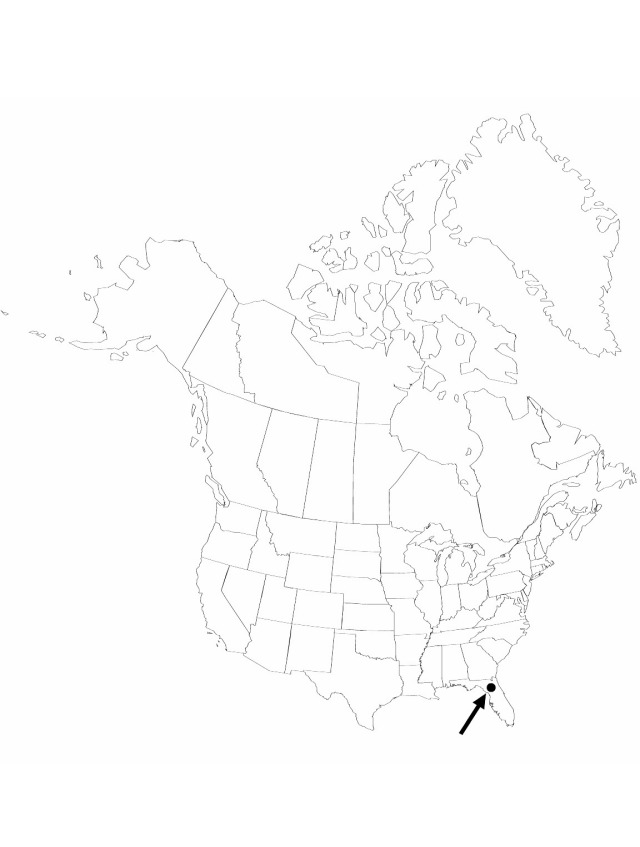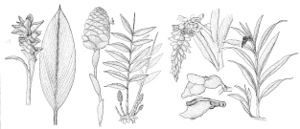Difference between revisions of "Zingiber zerumbet"
Exotic Botany 2: 105. 1806.
Basionym: Amomum zerumbet Linnaeus Sp. Pl. 1: 1. 1753 F I
Treatment appears in FNA Volume 22.
FNA>Volume Importer |
FNA>Volume Importer |
||
| Line 10: | Line 10: | ||
|name=Amomum zerumbet | |name=Amomum zerumbet | ||
|authority=Linnaeus | |authority=Linnaeus | ||
| + | |rank=species | ||
|publication_title=Sp. Pl. | |publication_title=Sp. Pl. | ||
|publication_place=1: 1. 1753 F I | |publication_place=1: 1. 1753 F I | ||
| Line 37: | Line 38: | ||
-->{{#Taxon: | -->{{#Taxon: | ||
name=Zingiber zerumbet | name=Zingiber zerumbet | ||
| − | |||
|authority=(Linnaeus) Smith | |authority=(Linnaeus) Smith | ||
|rank=species | |rank=species | ||
| Line 53: | Line 53: | ||
|publication year=1806 | |publication year=1806 | ||
|special status= | |special status= | ||
| − | |source xml=https://jpend@bitbucket.org/aafc-mbb/fna-data-curation.git/src/ | + | |source xml=https://jpend@bitbucket.org/aafc-mbb/fna-data-curation.git/src/f50eec43f223ca0e34566be0b046453a0960e173/coarse_grained_fna_xml/V22/V22_614.xml |
|genus=Zingiber | |genus=Zingiber | ||
|species=Zingiber zerumbet | |species=Zingiber zerumbet | ||
Revision as of 20:59, 16 December 2019
Leaf blades oblanceolate or narrowly elliptical, 30–32 × 6–7 cm (smaller distally). Inflorescences erect, 7–11 × [3–]5–6 cm; bracts of main axis green when young, becoming red; proximal bracts reniform or very broadly ovate, concave, 2–3 × 3–4 cm, apex broadly rounded; distal bracts smaller but otherwise similar to proximal bracts, ca. 1 × 2 cm. Flowers: perianth and staminodes pale yellow.
Phenology: Flowering fall (Oct).
Habitat: Disturbed areas
Elevation: 50 m
Distribution

Fla., native, Asia (India and the Malay Peninsula).
Discussion
In Asia, the rhizomes of Zingiber zerumbet are used as a spice in much the same way as those of Z. officinale. In North America, escaped populations are known only from two sites in Gainesville, Florida.
Selected References
None.
Lower Taxa
None.
